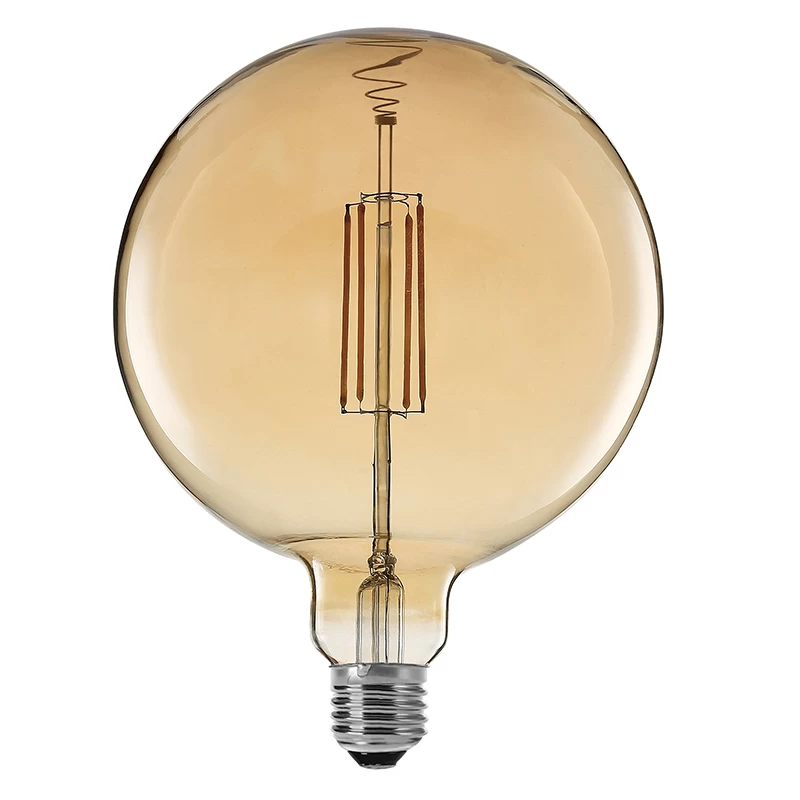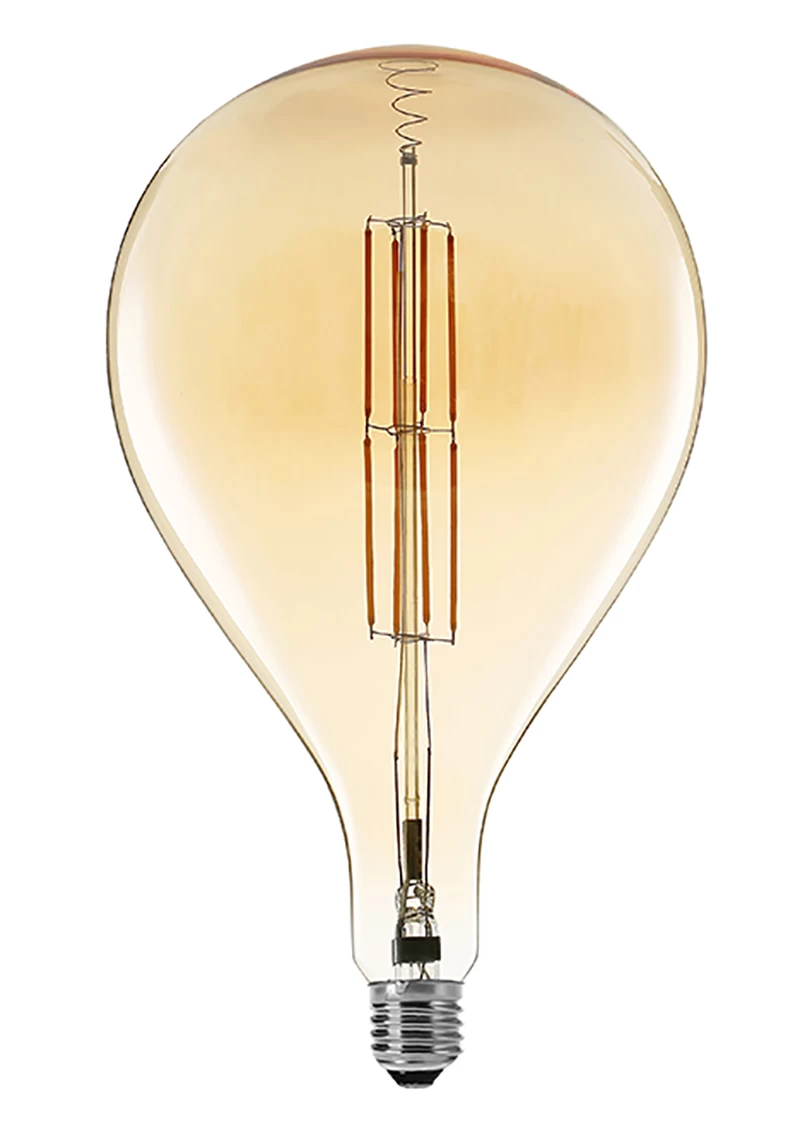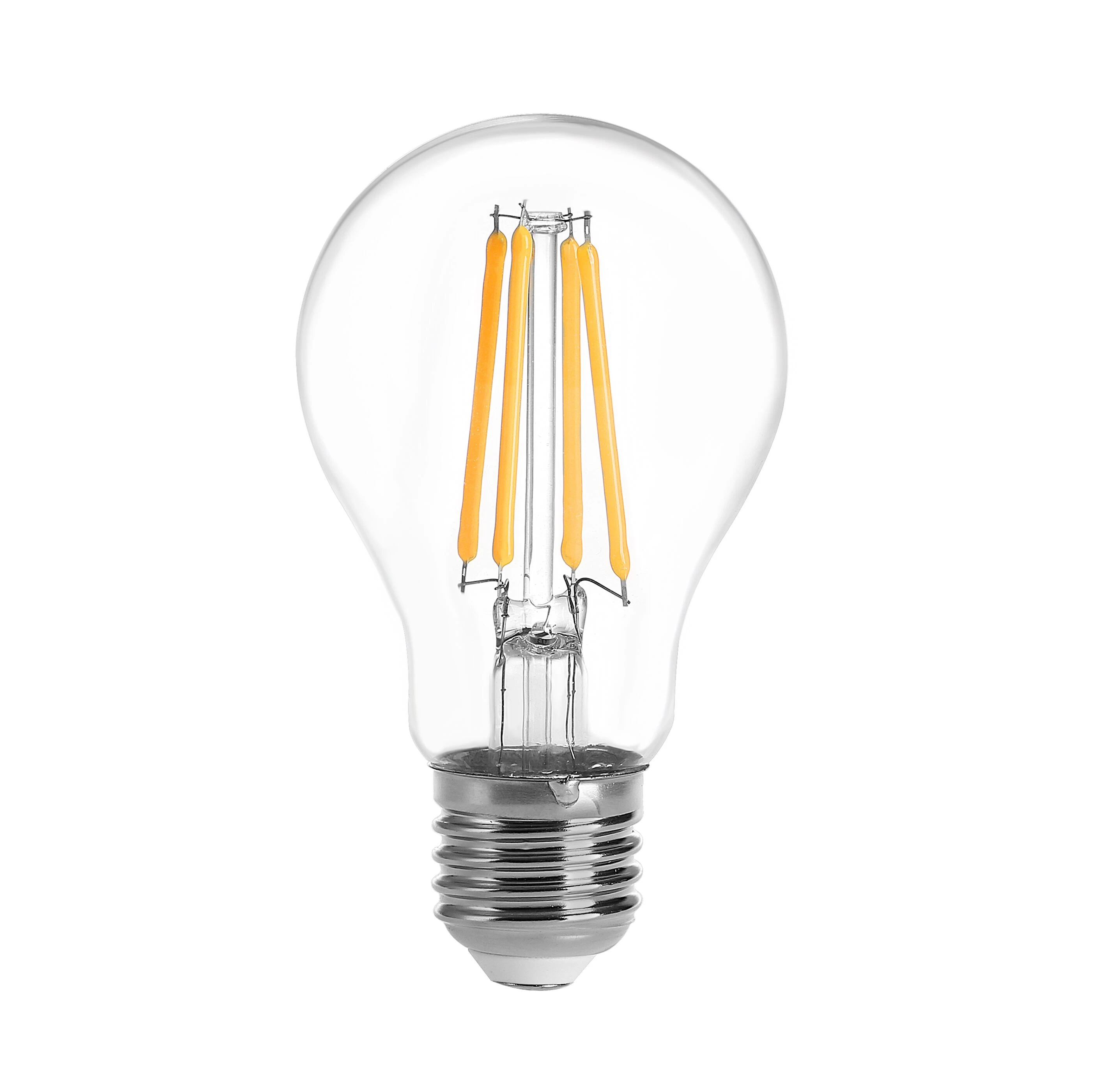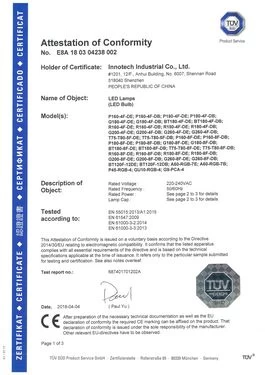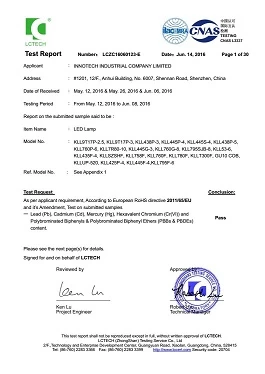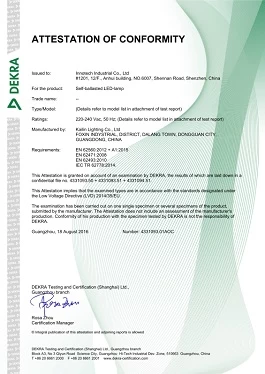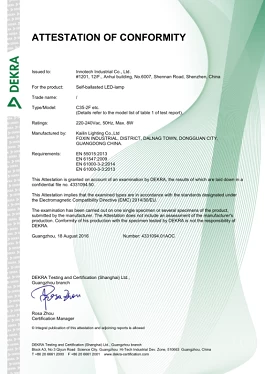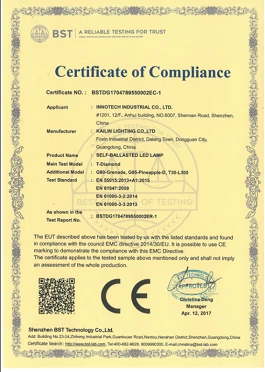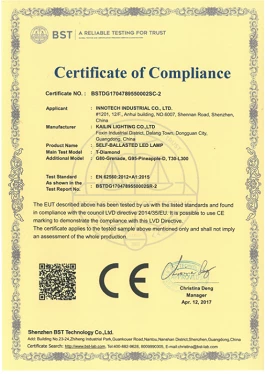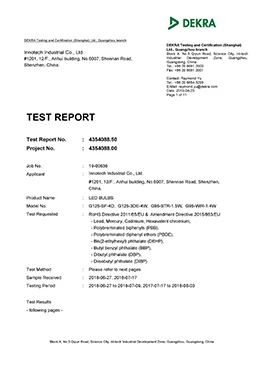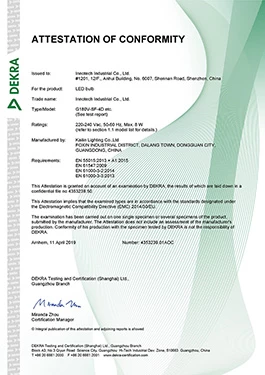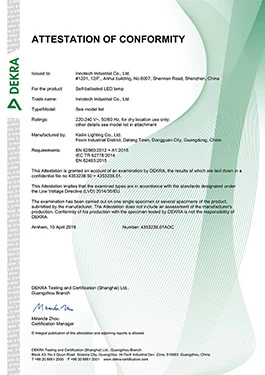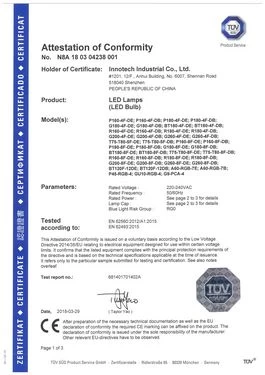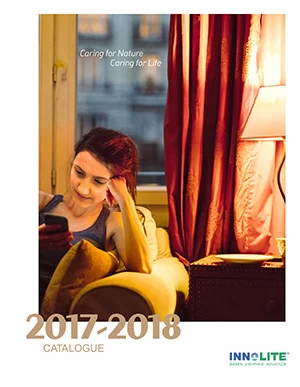Here are a few things to consider when choosing LED light bulbs...
Efficiency, Colour Temperature, Colour Rendering, Heat Output, lifetime, etc.
The maturity of LED technology is one of the most important advances in greenhouses
Innotech
Innolite
2018-07-09 18:06:53
Greenhouse farms are not a new technology, but as the world’s population continues to grow and the transition to sustainable, intensive but efficient and standardized food production will become a norm in the coming years, open up a potential The huge new agricultural sector combines the latest technologies in the biological sciences and engineering fields. Advances in lighting, heating, watering, and control systems have enabled the construction of large, artificially illuminated indoor greenhouses.
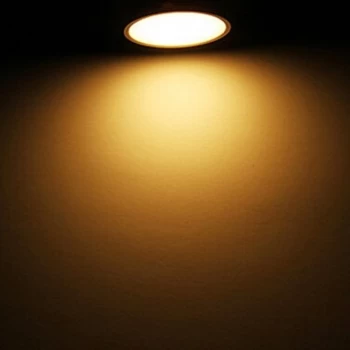 These facilities can produce greater yields than traditional agriculture. Different stages and cycles of plant growth can be controlled by providing light of different wavelengths to achieve higher yields or reduced growth times. Water consumption is greatly reduced due to reduced evaporation and humidity and temperature control during installation. Controlling or eliminating pests of insects, fungi or bacteria is also more effective due to the closed system. In addition, building facilities near population centers to reduce transportation needs can also significantly reduce the carbon footprint of food production and supply. The maturity of LED technology is one of the most important advances in the future feasibility study of indoor greenhouses. Initially, LEDs were very expensive, and the wavelengths of light they produced were very limited. However, with the advancement of LED manufacturing technology, led has become the preferred solution for indoor cultivation. Compared to other lighting technologies, led can now emit very specific optical bandwidths, while being very robust and relatively small. In addition, LED has a long service life, low voltage requirements, and does not generate excessive heat, so the efficiency is extremely high. This will greatly reduce the operating costs of the indoor greenhouse.
These facilities can produce greater yields than traditional agriculture. Different stages and cycles of plant growth can be controlled by providing light of different wavelengths to achieve higher yields or reduced growth times. Water consumption is greatly reduced due to reduced evaporation and humidity and temperature control during installation. Controlling or eliminating pests of insects, fungi or bacteria is also more effective due to the closed system. In addition, building facilities near population centers to reduce transportation needs can also significantly reduce the carbon footprint of food production and supply. The maturity of LED technology is one of the most important advances in the future feasibility study of indoor greenhouses. Initially, LEDs were very expensive, and the wavelengths of light they produced were very limited. However, with the advancement of LED manufacturing technology, led has become the preferred solution for indoor cultivation. Compared to other lighting technologies, led can now emit very specific optical bandwidths, while being very robust and relatively small. In addition, LED has a long service life, low voltage requirements, and does not generate excessive heat, so the efficiency is extremely high. This will greatly reduce the operating costs of the indoor greenhouse.
However, it must be remembered that each plant reacts differently to various combinations of wavelengths and intensities of light. Furthermore, different types of plants prefer different physical properties. For example, salad vegetables are expected to have thin, light leaves to improve the taste while eating, while thick leaves are required in aloe to produce more latex. With regard to flowering, decorative plants need to retain their flowers for as long as possible, while in pineapples it is best to inhibit the flowering process to better control the harvest period. As a result, indoor greenhouse operators and manufacturers of artificial light units have been looking for new combinations of wavelengths that are particularly suitable for light formulations of specific species and even plant varieties (subspecies).
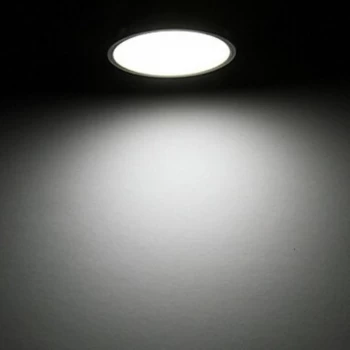 To meet these requirements, WürthElektronik offers WL-SMDC SMD monochrome ceramic LED Waterclear series LEDs. The WL-SMDC range has been expanded to include wavelengths at 450 nm (dark blue), 660 nm (ultra red) and 730 nm (far red), which are selected to match the absorption spectrum of the photosynthetic pigment. In addition to the existing products in the range, a variety of combinations are available to meet the needs of the target cultivar.
To meet these requirements, WürthElektronik offers WL-SMDC SMD monochrome ceramic LED Waterclear series LEDs. The WL-SMDC range has been expanded to include wavelengths at 450 nm (dark blue), 660 nm (ultra red) and 730 nm (far red), which are selected to match the absorption spectrum of the photosynthetic pigment. In addition to the existing products in the range, a variety of combinations are available to meet the needs of the target cultivar.
The emission spectrum of the WL-SMDC LED covers the absorption spectrum of the photosynthetic pigment
Improvements in efficiency, optical power, price and longevity have transformed LEDs from the research and development phase into innovative, viable alternatives to traditional light sources in horticultural applications. While it is necessary to investigate and understand the exact effects of wavelength ratios and the effects of wavelengths other than red and blue, LEDs will continue to gain market share from other sources and will dominate in the next few years. With the release of the expanded WL-SMDC, WürthElektronik has LEDs(China Giant LED Filament Bulb manufacturer) that match the wavelengths essential for photosynthesis, in addition to any special requirements that may be required for a particular type of plant.

However, it must be remembered that each plant reacts differently to various combinations of wavelengths and intensities of light. Furthermore, different types of plants prefer different physical properties. For example, salad vegetables are expected to have thin, light leaves to improve the taste while eating, while thick leaves are required in aloe to produce more latex. With regard to flowering, decorative plants need to retain their flowers for as long as possible, while in pineapples it is best to inhibit the flowering process to better control the harvest period. As a result, indoor greenhouse operators and manufacturers of artificial light units have been looking for new combinations of wavelengths that are particularly suitable for light formulations of specific species and even plant varieties (subspecies).

The emission spectrum of the WL-SMDC LED covers the absorption spectrum of the photosynthetic pigment
Improvements in efficiency, optical power, price and longevity have transformed LEDs from the research and development phase into innovative, viable alternatives to traditional light sources in horticultural applications. While it is necessary to investigate and understand the exact effects of wavelength ratios and the effects of wavelengths other than red and blue, LEDs will continue to gain market share from other sources and will dominate in the next few years. With the release of the expanded WL-SMDC, WürthElektronik has LEDs(China Giant LED Filament Bulb manufacturer) that match the wavelengths essential for photosynthesis, in addition to any special requirements that may be required for a particular type of plant.

 +
+




